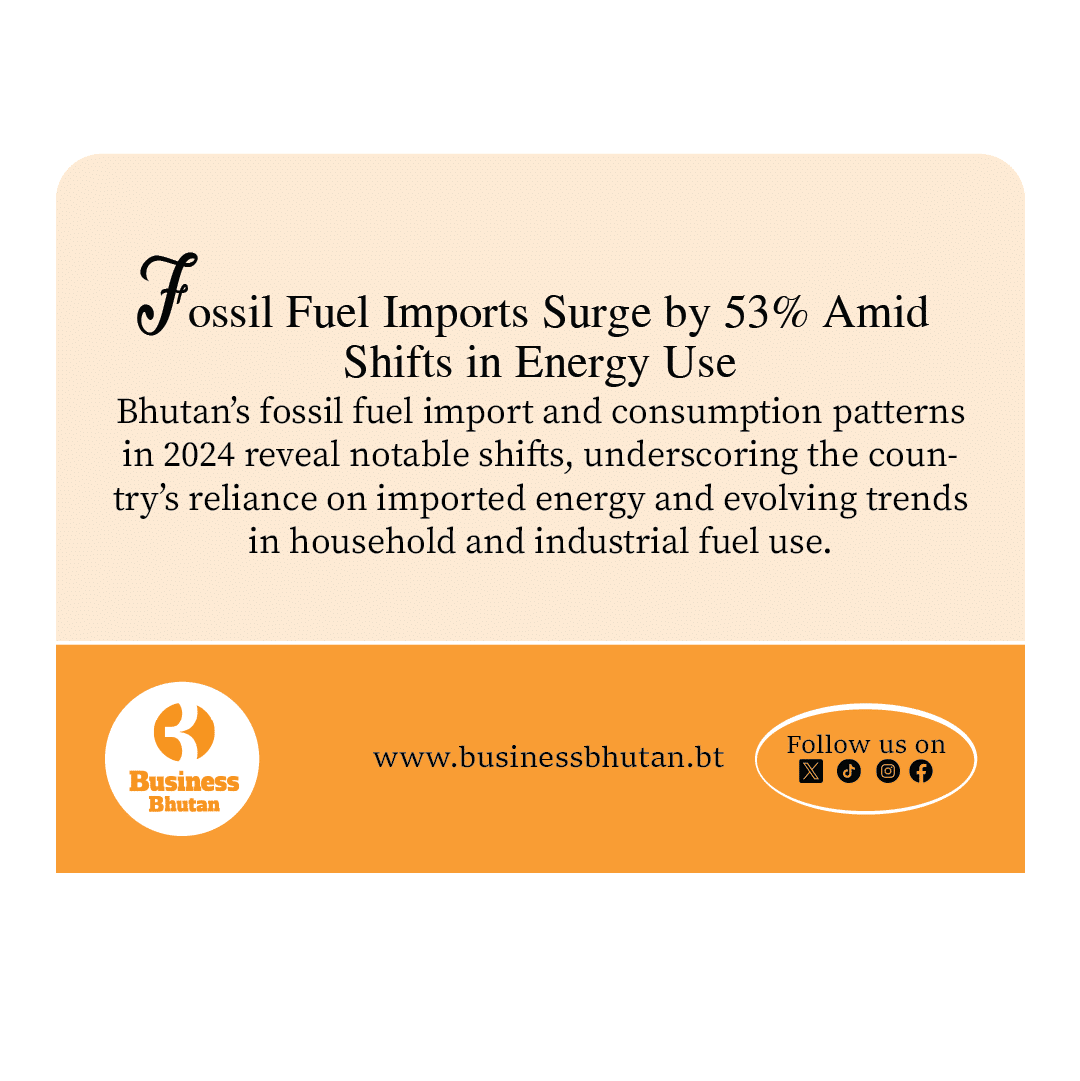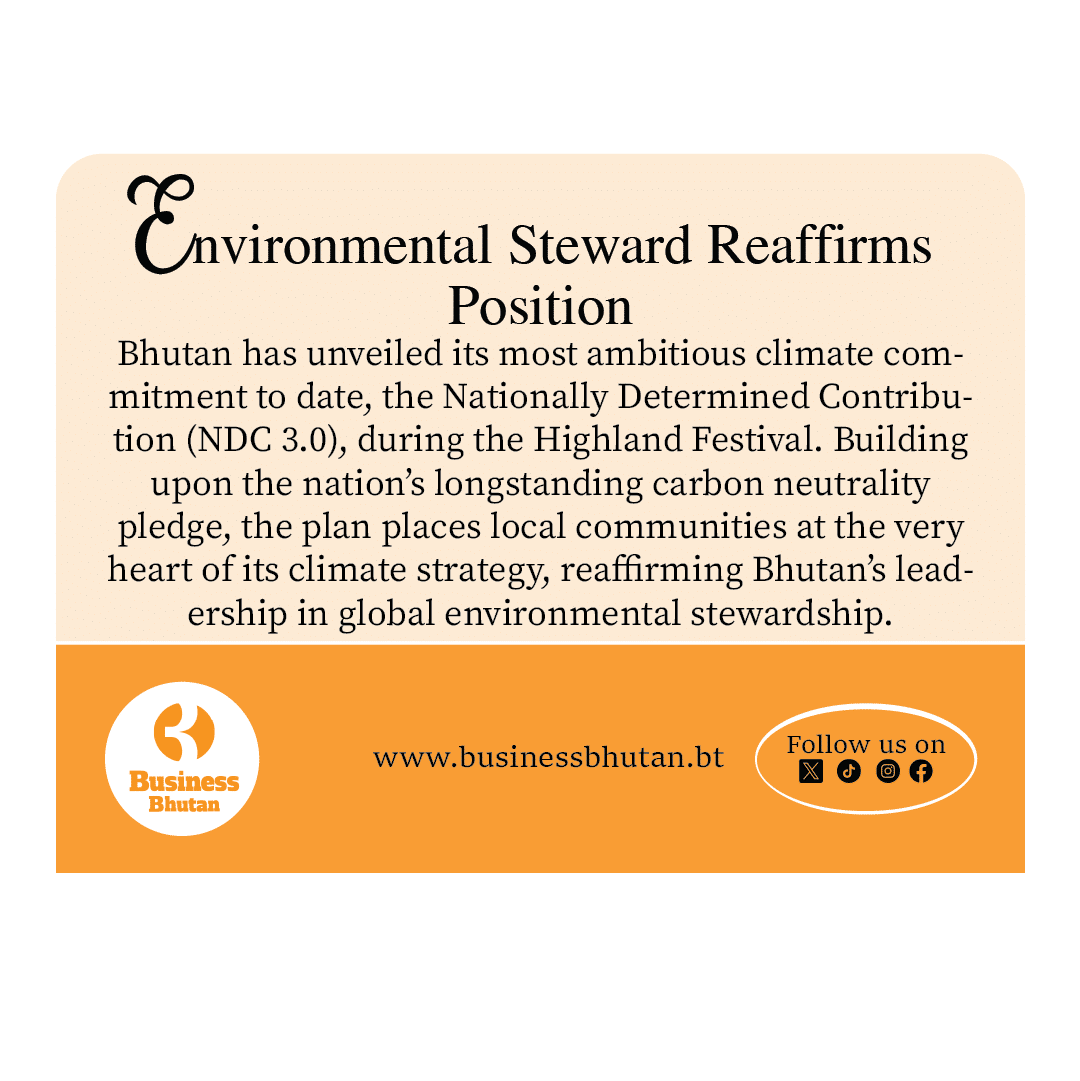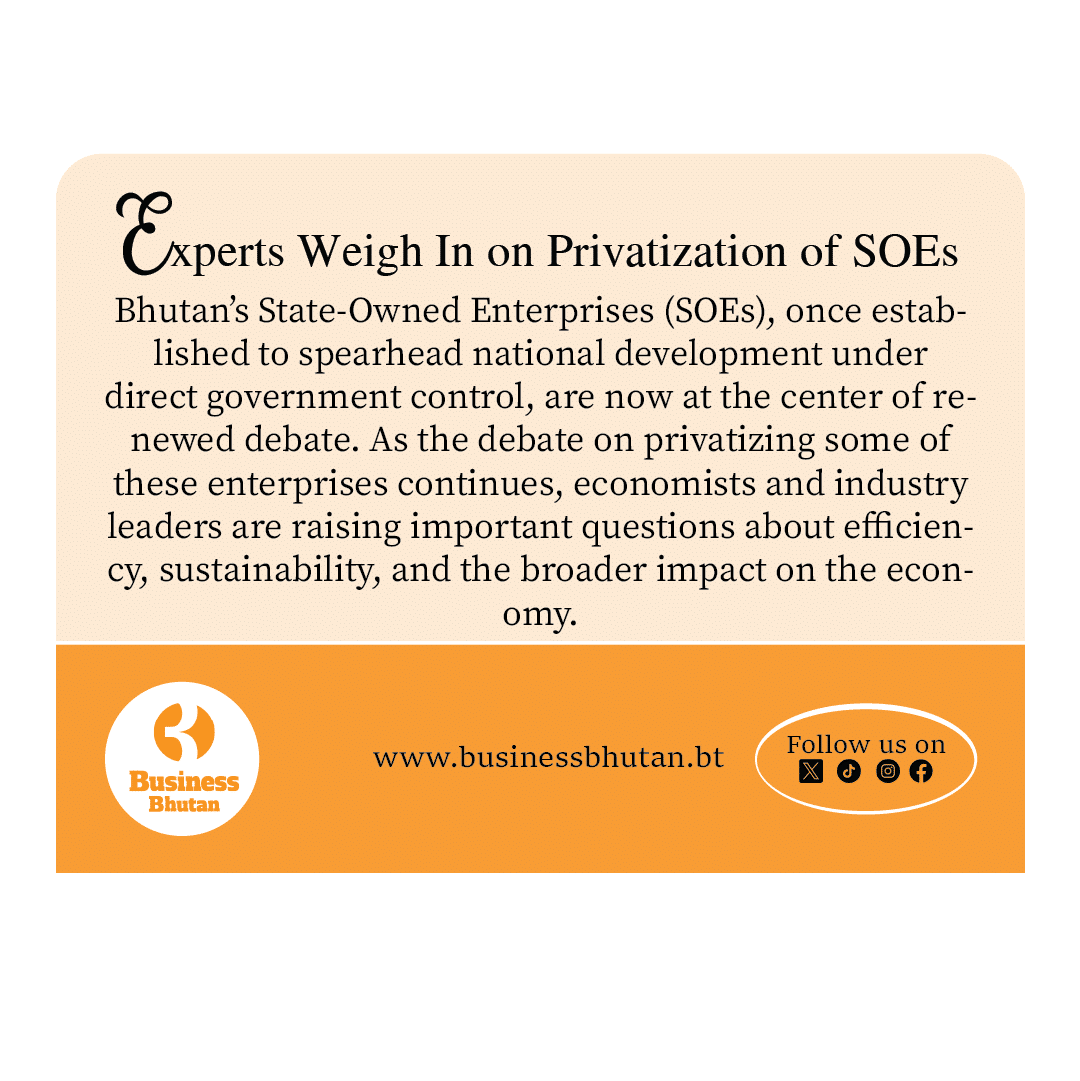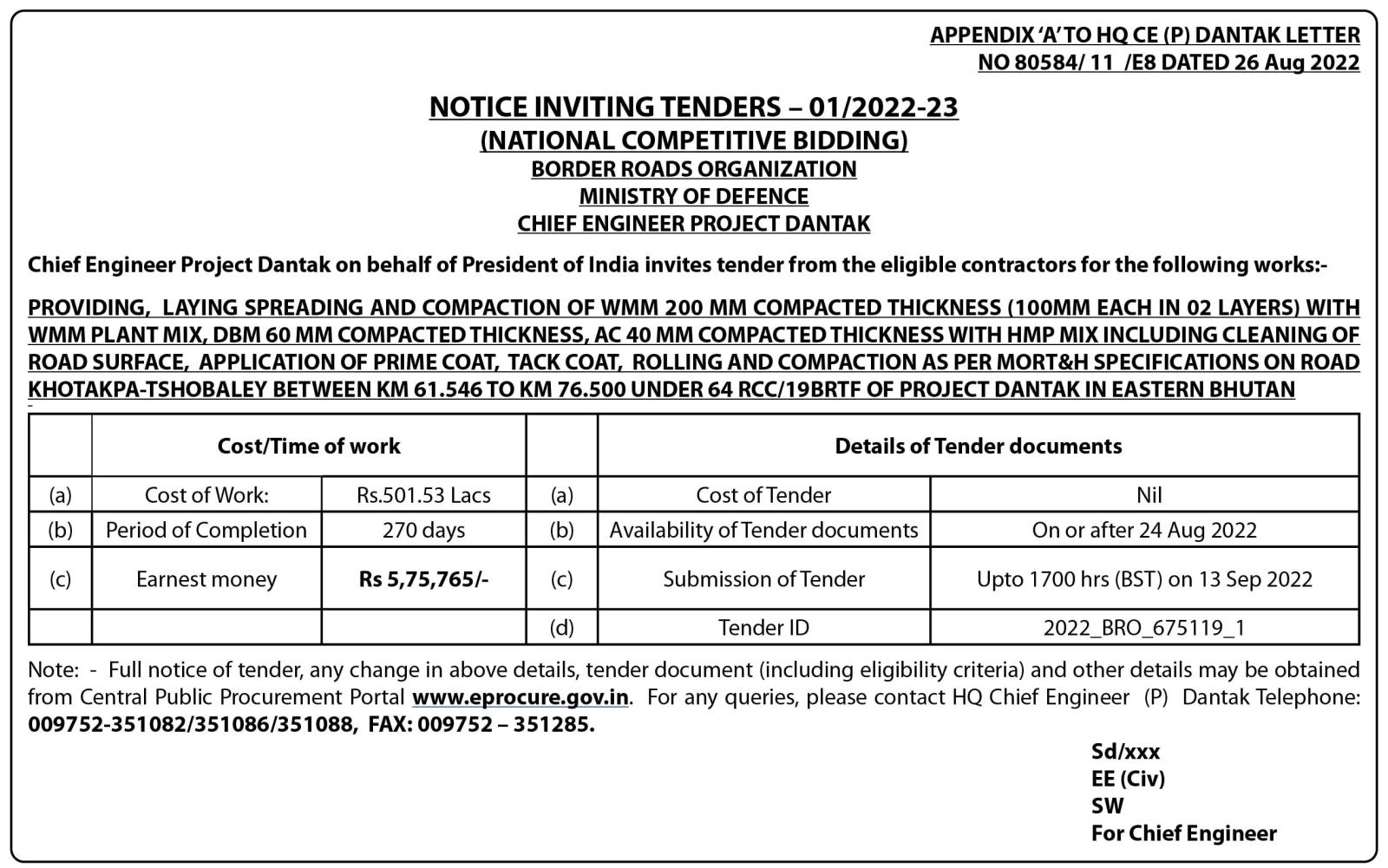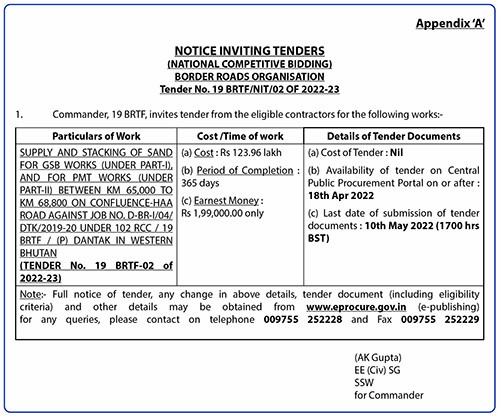Bhutan’s fossil fuel import and consumption patterns in 2024 reveal notable shifts, underscoring the country’s reliance on imported energy and evolving trends in household and industrial fuel use.
According to the Annual Environmental Accounts Statistics (AEAS) 2025, Bhutan depends entirely on India for its supply of fossil fuels, including diesel, petrol, and liquefied petroleum gas (LPG), due to the absence of domestic petroleum and gas reserves.
In 2024, the nation imported approximately 264,272 kiloliters (KL) of oil, primarily for automotive use — a sharp increase compared to previous years. Petrol imports rose by 28.4%, from roughly 55,807 KL in 2023 to 71,657 KL in 2024, while diesel imports grew 24.8%, from 154,340 KL to 192,615 KL. Overall, fossil fuel imports surged by 54.2%, highlighting rising demand.
The transport sector accounted for the largest share of fuel consumption at 37.3%, followed by households at 23.5%, the industrial sector at 15.9%, and agriculture, livestock, and forestry at 10%. These figures underscore the pivotal role of fossil fuels in powering Bhutan’s economy and daily life.
Re-exports, primarily fuel consumed by Indian vehicles operating in Bhutan — such as trucks transporting goods or tourist vehicles refueling at border towns — also rose significantly. In 2024, re-exports increased 26.3%, reaching nearly 35,000 KL from 27,700 KL in 2023. Petrol re-exports grew 28.4%, while diesel re-exports rose 24.8%, reflecting Bhutan’s role as a transit point for regional fuel consumption.
Kerosene, traditionally used for household heating and cooking, saw a dramatic decline, dropping 58.1% from 601.5 KL in 2023 to just 252 KL in 2024. This shift may reflect growing adoption of alternative heating sources or changes in household energy preferences.
Conversely, LPG imports, primarily for cooking, recovered after several years of decline, rising 9.6% to 8,978.2 metric tons in 2024. The increase indicates renewed household demand, supported by improved supply chains and changing energy consumption patterns.
Fuelwood consumption remained significant, with a total supply of about 132,202 cubic meters. Of this, the Natural Resources Development Corporation Limited (NRDCL) provided roughly 36,331 cubic meters (27.5%) primarily to urban households and institutions, while the Department of Forests and Park Services (DoFPS) supplied 95,872 cubic meters to rural households. Fuelwood use was split almost evenly between households (54%) and industries (46%).
Bhutan’s 2024 energy profile highlights an ongoing reliance on imported fossil fuels alongside a gradual shift in household energy sources toward LPG and fuelwood. Rising re-export figures underscore the country’s strategic role in regional fuel distribution, while declining kerosene use points to evolving household consumption patterns.
As Bhutan continues to develop, balancing energy security with environmental sustainability remains a critical challenge. Policymakers face the dual task of managing reliance on imports while promoting cleaner and more efficient energy alternatives to support the country’s long-term climate and development goals.
Sherab Dorji
From Thimphu



